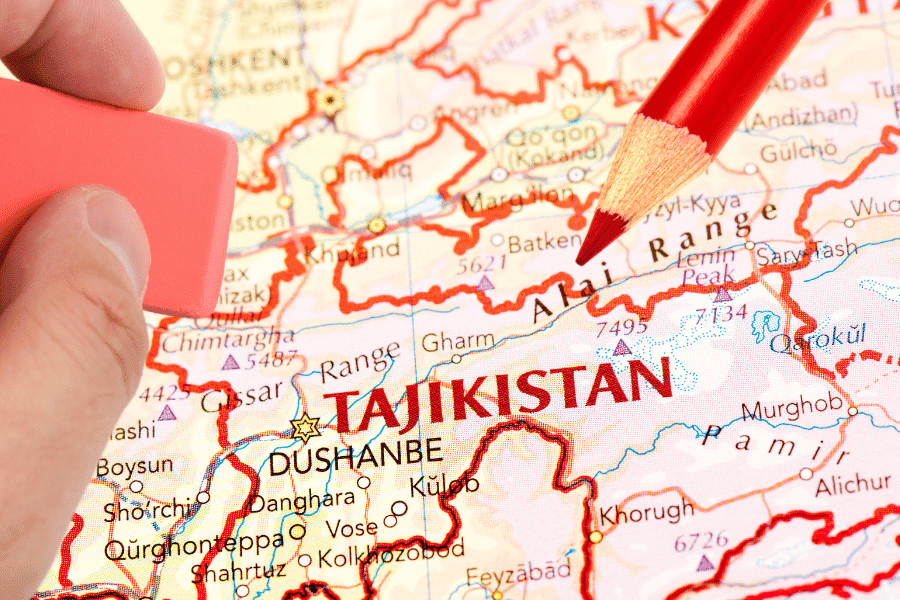The crumbling of the Soviet Union brought bloodshed. I remember covering clashes in Kyrgyzstan’s Osh province in 1990 between ethnic Kyrgyz, who were mainly animal herders, and ethnic Uzbek, who were mainly farmers, with very different needs and interests.
Since then, disputes over grazing and water rights have also boiled over along the borders of Kyrgyzstan’s Batken region and Tajikistan’s Sughd region. In autumn 2022, in the worst fighting over the border since the fall of the Soviet Union, dozens were killed and thousands forced from their homes.
It was after this that the leaders of Kyrgyzstan and Tajikistan started working on new demarcation lines. Now, after successful diplomacy to deal with the root cause of the problem, the two nations have agreed to shift their borders.
“Negotiations have reached the final point and can be discussed openly,” Kamchybek Tashiev, head of Kyrgyzstan’s secret service, told the Kyrgyz parliament in March. “After parliamentary consideration, our presidents will sign the ratification.”
Under the deal, Kyrgyzstan and Tajikistan will swap small areas of land and make better arrangements to share water resources. A number of disputed roads will be declared “neutral” and made available to both nations, according to the Defense Post.
Which all goes to show that to secure friendship and good neighbourly relations, you sometimes have to define your boundaries.
Recommended reading: “Prisoners of Geography” by Tim Marshall, an excellent account of how geography affects history and politics.
Questions to consider:
- Why might there be disputes over borders?
- Why does the world generally agree that existing borders should remain untouched?
- What does the case of Kyrgyzstan and Tajikistan tell us about changing borders?

